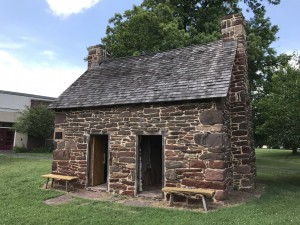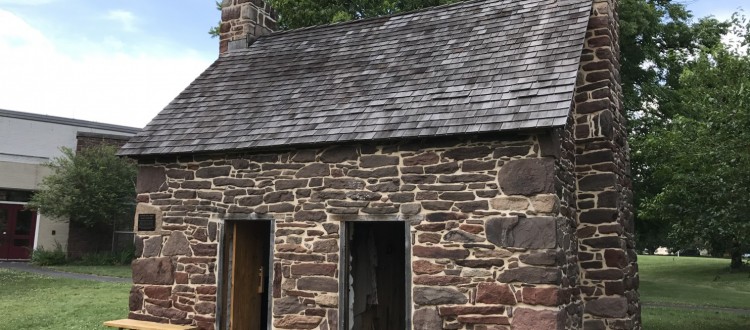19th Century Slave Cabin Restored, Open To Public Visitation

Grace United Methodist in Virginia has recently opened the restored cabin of a slave on church property to the public. And while it was a solemn task, the members of the organization viewed it as one of the utmost importance.
Grace United Methodist took ownership of the slave cabin in 1987 after the Johnson family donated the land it sits on. The family set two stipulations to the donation: that both the cemetery and the cabin on the property is preserved.
There isn’t any clear idea when the property was built, but it would “have been circa 1832,” says restoration project manager Bill Olson.
That would make it the oldest building in Manassas.
Restoring the cabin had cost around $40,000 and included a new roof made out of historical materials. Most modern homes — four out of five — use asphalt shingles, but this cabin needed cedar shingles to be historically accurate.
Other historical restorations included doors, period furnishings, and reproductions of instruments like a banjo made from a gourd.
The inclusion of the banjo was done on a suggestion from Dennis Van Derlaske, a member of the Prince William County Historical Commission.
“The banjo is an African instrument, and slaves would fabricate these things,” he said.
Olson stated that the reason the restoration occurred was to remember and honor those that were enslaved at the estate, which was called Clover Hill during the period.
“We wanted to do [it] for the usual historical reason, preservation, but also to help remember the people who were here.”
EJ Scott, vice president of the county branch of the NAACP, believed that the finishing of the project “speaks to the better nature of those involved.”
Scott also believes that having the building restored means that Prince William-area residents don’t have to travel to the National Musem of African American History and Culture to learn about the plight of slaves. This means easier access to education for children and other local residents.

